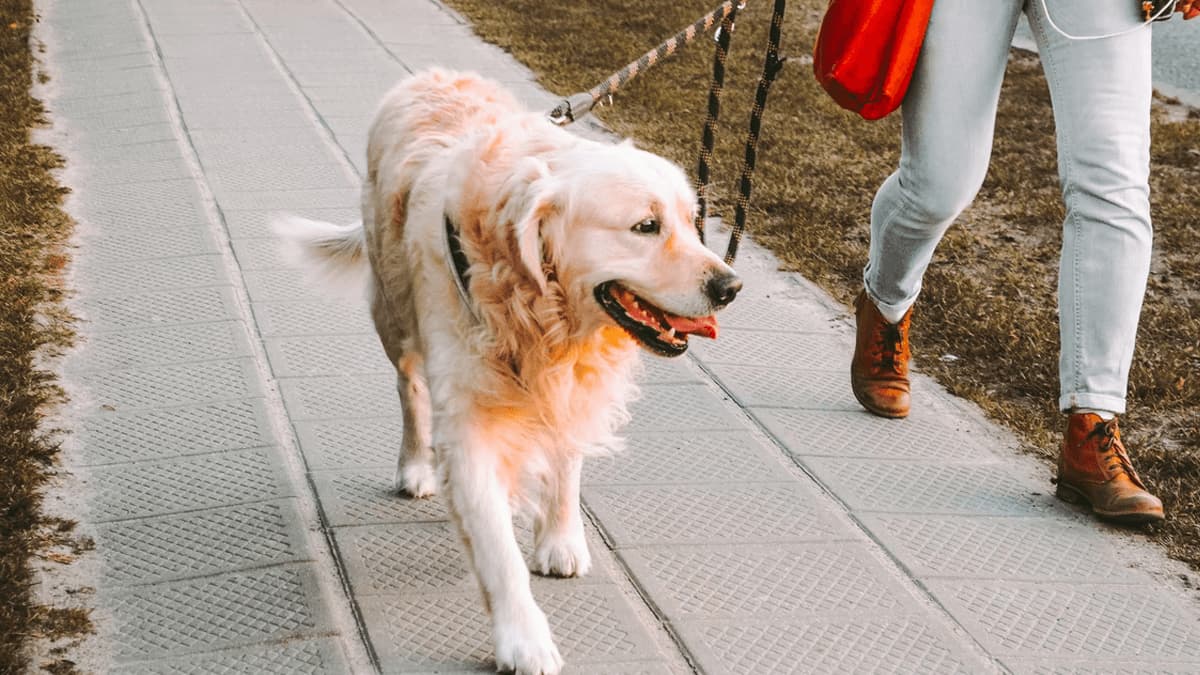Every dog, regardless of breed, needs to go outside regularly. That can range from a brief walk around the block to an all-day excursion in the woods, depending on your pet's physical ability and your personal schedule.
Dog walking is beneficial to both the dog and the walker's health. However, there are certain risks to be aware of prior to, during, and following the walk.
There are, fortunately, precautions walkers may take to keep dogs safe when enjoying the outdoors. The more you know about the risks to look out for when walking a dog, the better equipped you will be to safeguard them.
1. Extreme outdoor temperatures
Dogs can't reach out to us and tell us exactly what's bothering them, so it becomes our duty to protect them. Our pawed friends don't do well when they are exposed to extreme outdoor temperatures, whether too hot or too cold, so make sure you know the risks when walking dogs.
Exercising or walking in hot temperatures can lead to paw burns, heatstroke, breathing issues, and dehydration. Test the pavement with your hand to make sure it's safe for the dog to go outside. If it's too hot to keep your hand on it for more than a few seconds, then it's too hot for a dog's paws as well.
Walking a dog in very low temperatures can lead to hypothermia. Dogs that are very old, very young, or have short fur are even more exposed, although dogs with thick fur are not entirely safe either. The best thing to do is limit their exposure to frigid temperatures and protect their paw pads from ice by using booties.
2. Harmful parasites
If a dog is known to roll about in or eat dirt or dung from other animals, they might be exposed to a range of internal parasites when out walking. Cleaning and licking filthy paws after a walk, picking up muddy sticks, placing their nose in the soil and licking it off, and drinking from outside sources can all expose dogs to the virus.
Be knowledgeable about the parasitic risks you might encounter when taking a dog for a walk. Eating smaller animals, like rodents and rabbits, can also lead to parasitic infection, so be careful if letting your dog off-leash. These parasites can also be spread from animals to people, so beware.
3. Ticks
Infections spread by ticks are one of the most significant possible threats for dogs. Ticks are parasitic insects that live in long grass or plants. They wait for an animal (or a human) to pass by before grabbing on and starting to feed. Ticks may spread a variety of life-threatening infections to dogs, including Rocky Mountain spotted fever and ehrlichiosis, in addition to Lyme disease.
There are several methods of tick protection for dogs, such as monthly medication. In addition to protecting the dog's health, year-round tick control can help stop the pet from bringing ticks home that could potentially feed on other pets—or you. Try to stay away from tall grass and thoroughly check the dog for ticks after every walk.
